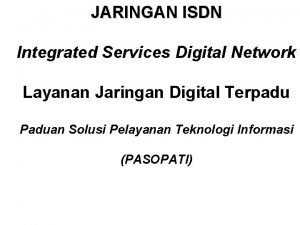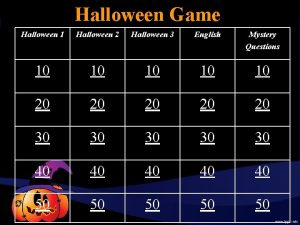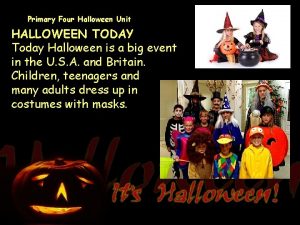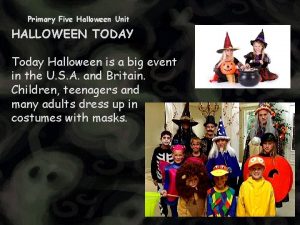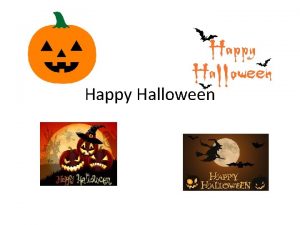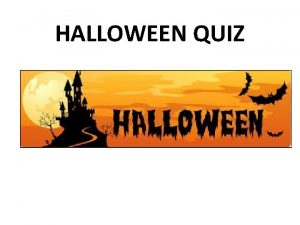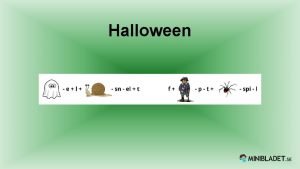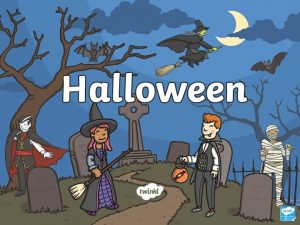Our Ladys Primary School Halloween Video Conference Part











- Slides: 11

Our Lady’s Primary School Hallowe’en Video Conference Part 2

Times Table Challenge • We have been using our knowledge of the times tables to solve problems • The times table was given in the form of letters, such as: C x A = BF • The challenge for us was to work out which times table it was, then work out what number each letter represented.

Here is the times table: J x J = HJ J x D = HC J x G = AJ J x I = DC J x B = AC Jx. F=J J x E = DJ J x H = FC J x A = FJ

How did we solve the problem? • First, we noticed that there was only one single digit answer. This meant that it couldn’t be the 2, 3 or 4 times tables. • Then we noticed a pattern in the answers – they all ended with either J or C. Which times table answers end with only 2 different digits? • There is only one - the FIVE times table! • Now we just had to work out what number every letter stood for.

First, we looked at: Jx. F=J We knew that a number multiplied by 1 is itself, so F =1; Then we looked at J x J = HJ We knew that 5 x 5 = 25 and that J=5, so this meant that H=2. We carried on like this and eventually found all the numbers which the letters represented.

We have been looking at the two times table: • We have learned what ‘multiple’ means • A multiple of 2 divides exactly by two with none left over. • We have found that all multiples of two are even • We know that all even numbers end in 0, 2, 4, 6 or 8. • We coloured all the multiples of 2 on a number square.

We have been looking at quick ways to spot multiples of 2, 5 and 10: • We found out that all multiples of 10 end in 0; • For example: • 50, 80, 120, 450, 1000 are all multiples of ten. • We coloured all the multiples of 10 on a number square.

• We found out that all multiples of 5 end in either 5 or 0; • For example: • 15, 40, 110, 205, 355, 500 are all multiples of 5. • We coloured all the multiples of 5 on a number square

• We found out that all multiples of 2 end in 0, 2, 4, 6 or 8; • We found out that all multiples of 10 are also multiples of 5 and 2. • So the only digit we need to look at is the units digit to spot multiples of 2, 5 or 10!

• On the same number grid, we coloured all the multiples of 2 yellow, multiples of 5 blue and multiples of 10 red. • Some of the numbers stayed yellow • and some of the numbers stayed blue, • but some of the numbers turned brown – these are all multiples of 2 and 5 and 10!

Thank you for listening to our presentation. We hope to see you all again sometime. Keep learning all your times tables!








